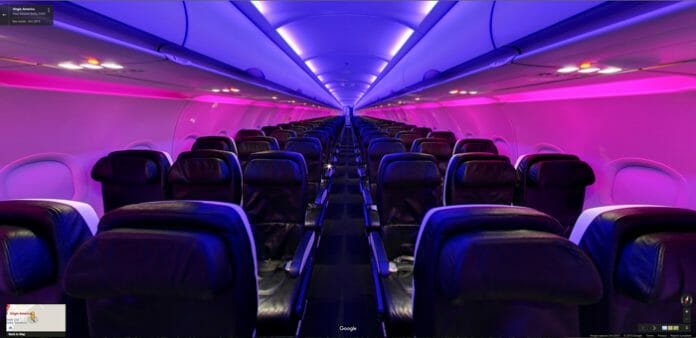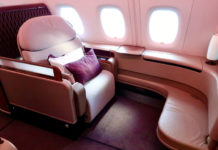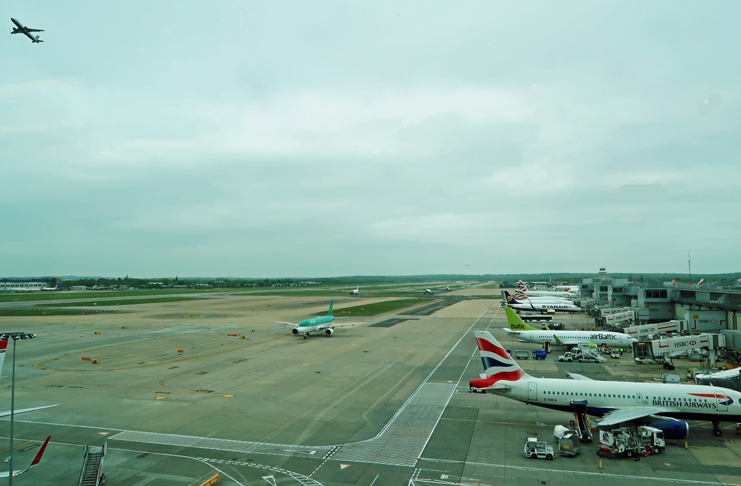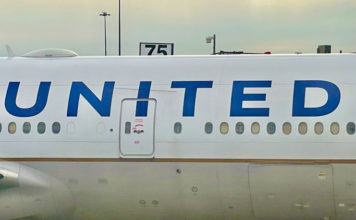
TravelingForMiles.com may receive commission from card issuers. Some or all of the card offers that appear on TravelingForMiles.com are from advertisers and may impact how and where card products appear on the site. TravelingForMiles.com does not include all card companies or all available card offers.
At the beginning of October, buried in one of my travel roundups, was a piece on how you could explore a British Airways A318 all business class aircraft on Google Street View. The technology is pretty cool and you can “wander” through the cabin, looking around, just like you can wander down a street on Google Maps.
Now, it would seem, Virgin America has followed suit:
Virgin America, the airline known for reinventing travel, has launched an interactive brand campaign that allows travelers to test drive their flight before they take off – thanks to Google Street View.
[T]ravelers can experience a 360-degree, interactive tour onboard the Virgin America aircraft they would be able to fly from any of the 22 destinations the award-winning airline now serves.
You can play around with this by heading over to www.virginamerica.com/seatview or you can play around with it on Google Maps.
Using Google Maps
Head over to Google Maps and search for “Virgin America” and the departing airport. e.g. “Virgin America LAX” – you should then get a screen resembling the one below (click to enlarge):
At the bottom left, click on “see inside” and you’ll be taken inside a Virgin America Airbus A320:
The cabin is pretty distinct (you’re not going to mistake it for an American Airlines A320!)
From here you can walk down the aisle of the aircraft looking left and right….. so you can take a look at the leg room in the exit rows (for example):
You can take a look at the First Class cabin and seats:
And, if you zoom in, you can even check out the row numbers (if you feel like seeing where your seat will be):
There’s one glaring continuity error in the “walk-through” – a magically appearing roll-aboard.
When you start off from outside the plane, it isn’t there….
….but, when you take a step inside, it appears as if from nowhere 🙂
Also, don’t be fooled into thinking that you’re seeing a different aircraft at different airports, because you’re definitely not….and it’s the same roll-aboard that gives the game away.
At whichever airport you choose to view the Virgin America A320, you’ll always find the same roll-aboard in the same place at the front of the aircraft 🙂
There are a few glitches with the Google Maps searches too. When I decided to see what would happen when I searched for “Virgin America Dallas” I was taken to Los Angeles…..
….and when I searched for “Virgin America Dallas Love Field” I was offered Las Vegas!
It turns out you’re better off using the 3-letter airport codes, like DAL.
Unless I’m misunderstanding the Virgin America press release, you should all be able to view some kind of “outdoor components” at select US airports…..
The unique “Seat View” campaign includes the integration of actual Google Street View tours of the airline’s Airbus A320 cabin into interactive outdoor and immersive digital experiences, along with traditional Out of Home (OOH) content and online display support. The outdoor components will live in San Francisco, New York, Los Angeles, Dallas, Washington D.C., and Chicago while digital support spans across all Virgin America markets.
….but either I’m missing something (highly likely!) or this isn’t live at the time of writing.
Overall I like this technology and I’d really like to see it rolled out across other airlines which have more than one or two kinds of aircraft.
As I discussed in the airfare alert I posted on Friday, it’s often worth paying a little bit more in order to avoid a particularly poor aircraft cabin or to secure a particularly good one – especially when considering premium cabin offerings.
But not all passengers are frequent fliers, so someone searching for a great Business Class fare is not necessarily going to know to avoid paying for a Boeing 757 trans-Atlantic flight if at all possible (how are they meant to know what the product is like without an extensive Google search). Technology like this, however, would make it easy for passengers to see how good or bad cabins are and to then make informed purchasing decisions.
Actually, on second thoughts, perhaps that’s exactly why we’re not seeing this technology on more airlines websites!

























![Deal: Save up to 20% on Air France/KLM bookings [Targeted] a row of seats in a plane](https://travelingformiles.com/wp-content/uploads/2024/03/air-france-new-business-class-5-741-80x60.jpg)

